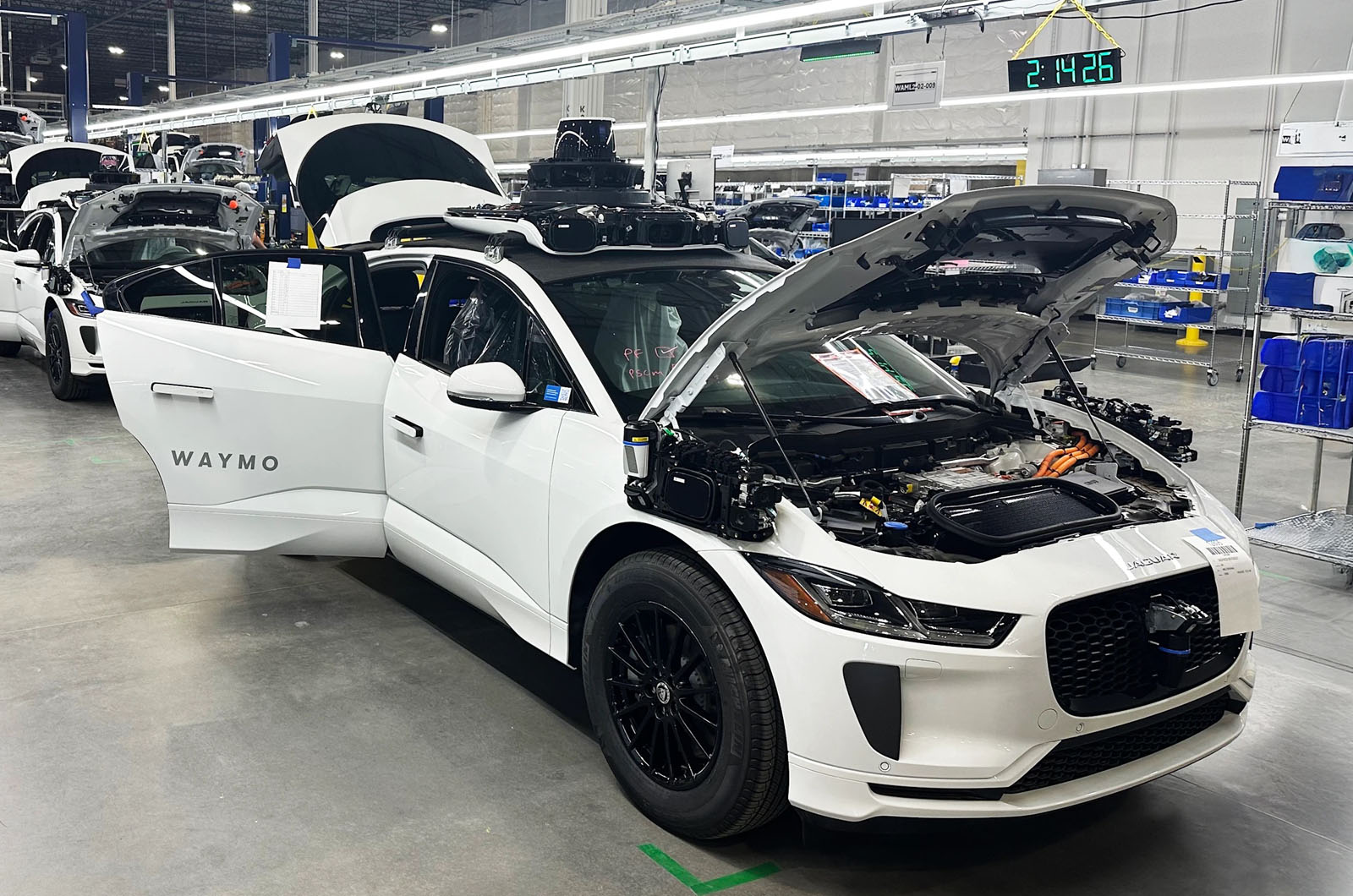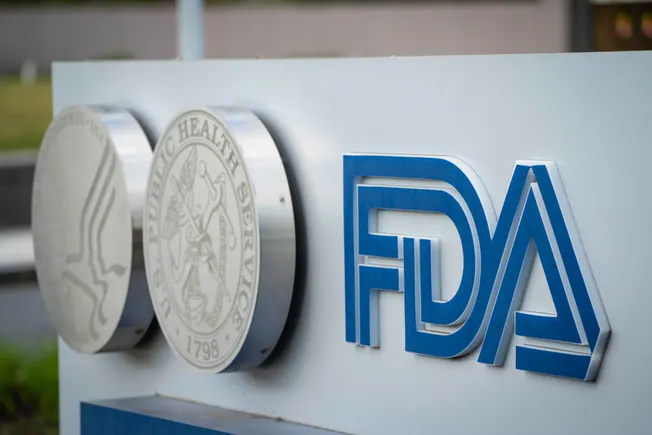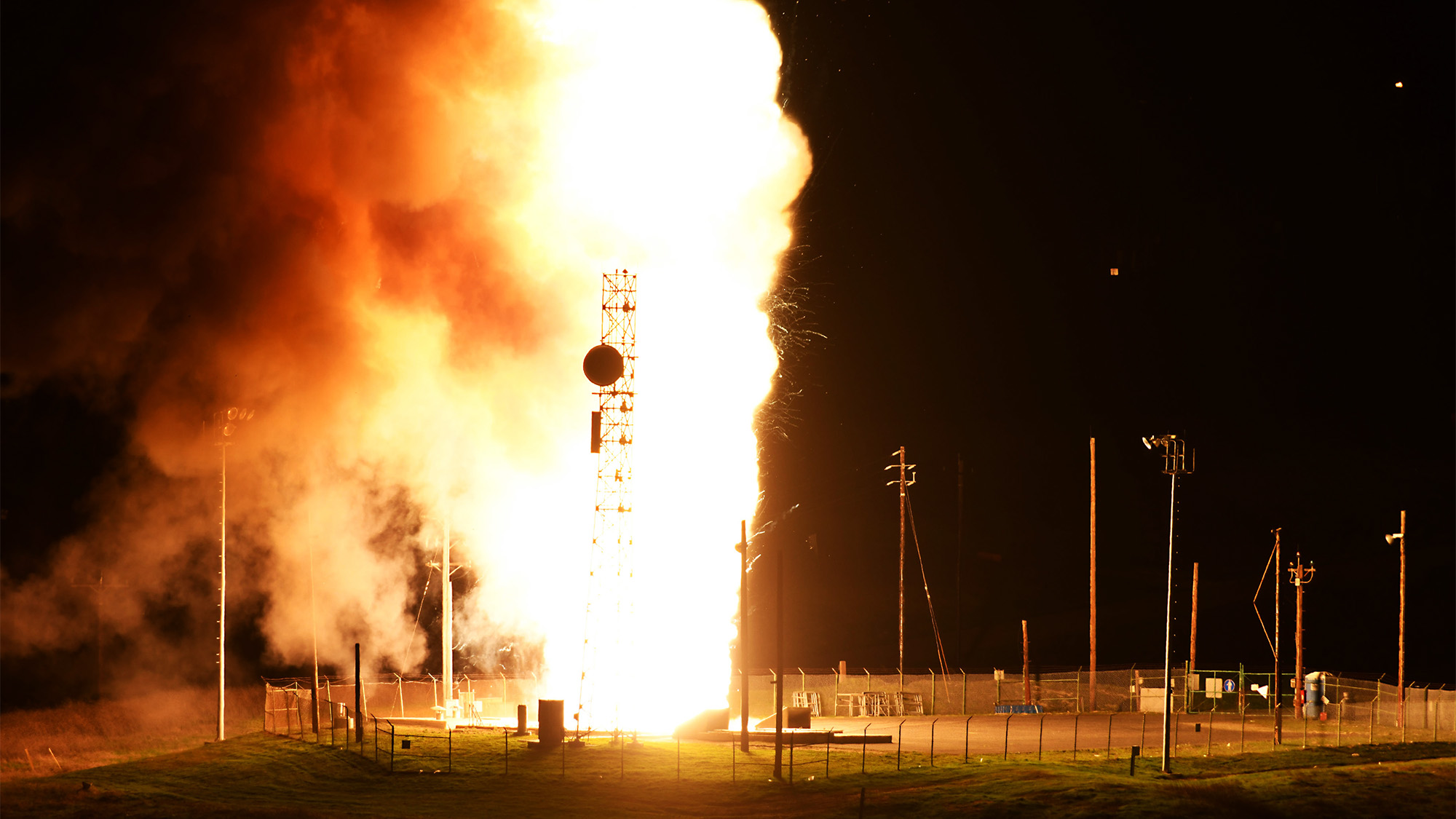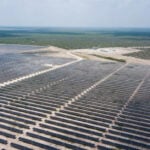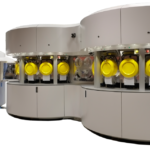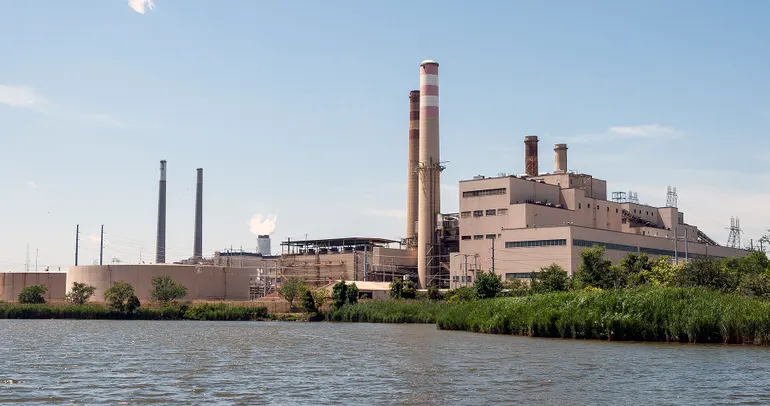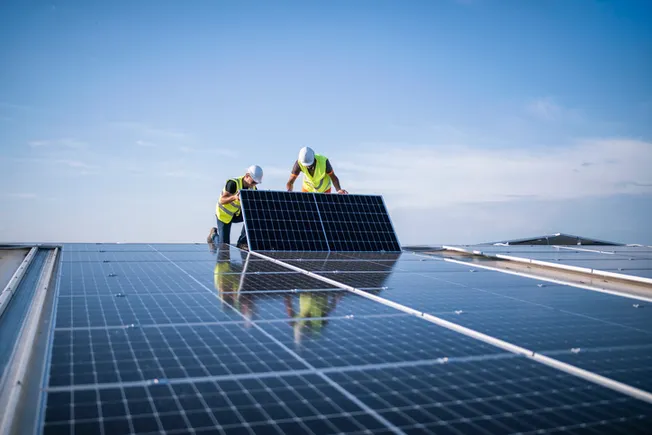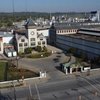Reaction Kinetics Regulation Suppressed Carrier Recombination Loss for High‐Efficient Solution‐Based Antimony Selenosulfide Photovoltaic Devices
Advanced Energy Materials, EarlyView.

Carrier recombination loss within the emerging antimony selenosulfide (Sb2(S,Se)3) photovoltaic cells is a critical factor limiting the photovoltaic performance. Herein, the alkaline reducing agent (sodium borohydride, SB) is innovatively employed to manipulate the reaction kinetics, simultaneously achieving deep-level defect passivation and oxide impurity inhibition. Ultimately, a champion power conversion efficiency (PCE) of 10.62% (0.0684 cm2) is gained.
Abstract
Carrier recombination loss within the emerging antimony selenosulfide (Sb2(S,Se)3) photovoltaic devices is a critical factor limiting the photovoltaic performance. Herein, a reaction kinetics regulation strategy is reported to simultaneously passivate deep-level intrinsic defect and inhibit the oxide impurities in Sb2(S,Se)3 absorber with the help of sodium borohydride (SB). The SB, on one hand due to the alkaline feature, can significantly promote the decomposition of selenourea and Sb2Se3 formation, eliminating the deep-level SbS1 defects and reducing the VS defects, and on the other hand, owing to the reducing property, can restore SbO+ ions to Sb3+, thus inhibiting the Sb2O3 formation and improving heterogeneous nucleation with preferable [hk1] orientation. These collective influences have remarkably suppressed carrier recombination loss and strengthened carrier collection with optimal band alignment. Consequently, high-efficient Sb2(S,Se)3 photovoltaic devices with an efficiency of 10.62% (0.0684 cm2) are gained, which is comparable to the latest-recorded value of 10.7% (0.0389 cm2). This work provides a feasible reaction kinetics regulation method for suppressing carrier recombination loss of Sb-based chalcogenide materials and supplies precious instruction for preparing high-performance optoelectronic devices.


















